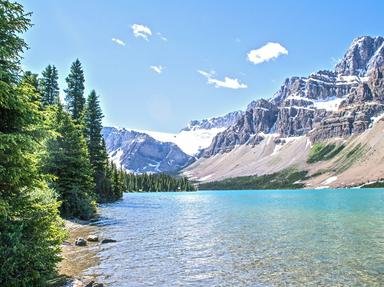Quiz Answer Key and Fun Facts
1. How many official geographical regions will you find in Pacific Rim National Park Reserve?
2. What did the Queen Charlotte Islands come to be called in 2010?
3. The Trans-Canada Highway has a more northern alternate route through BC. Where is the western terminus of this alternate route?
4. In which body of water would you find the southernmost extremity of BC?
5. Where in northern BC can Mile Zero of the Alaska Highway be found?
6. Which of the following rivers are NOT located on Vancouver Island?
7. What is the tallest mountain in BC that is completely within the province?
8. When all provinces and territories are considered, where does British Columbia rank in land area, with "1" being the largest and "13" being the smallest?
9. What is NOT true about Tweedsmuir Park in BC?
10. What was the profession of the person after whom the capital of BC is named?
Source: Author
Trivia_Fan54
This quiz was reviewed by FunTrivia editor
agony before going online.
Any errors found in FunTrivia content are routinely corrected through our feedback system.
